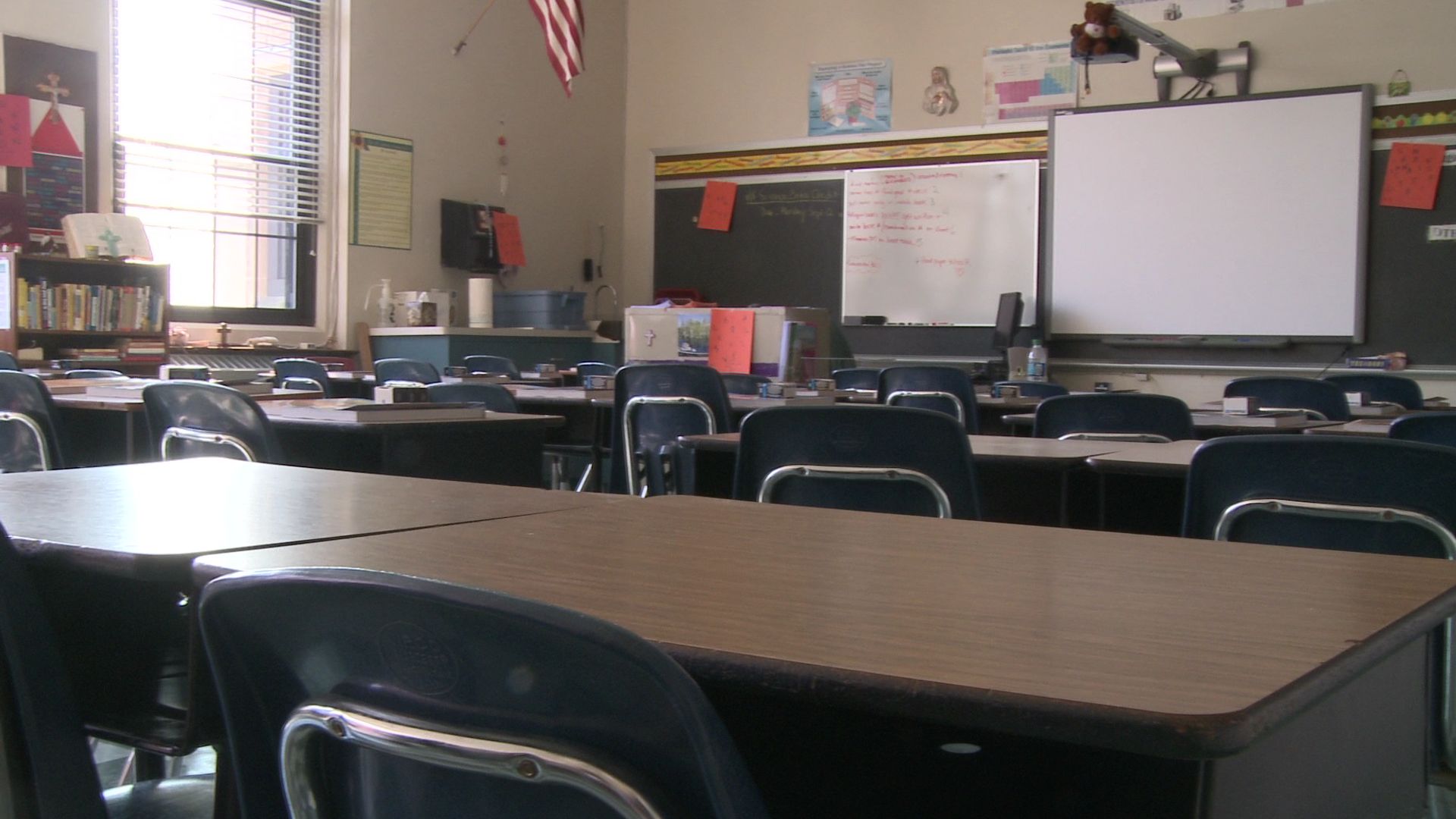
[RAY BOGAN]
Some things have never been the same since the COVID pandemic, including attendance at schools around the country. Nationwide, chronic absenteeism increased to 28% in 2022, and it has yet to return to its pre-pandemic level of 15% in 2018.
The American Enterprise Institute’s Nat Malkus wrote a report on this titled Long Covid for Public Schools. He warns that it could be several years before we see pre-Covid levels.
[MALKUS]
“It was 28.4% in 2022, with my data and with 41 states’ data, right now it was 26.3%. So it dropped two percentage points. At that rate, it’ll be about 2030 until we get down to pre pandemic rates,” Malkus told SAN.
[RAY BOGAN]
A student is chronically absent when they miss 10% or more of the school year. Chronic absenteeism has many negative consequences including lower standardized test scores, social and emotional harms. These effects get stronger in later grades, particularly in middle school.
[MALKUS]
“Eighth grade chronic absenteeism is a powerful indicator of whether you graduate high school or not,” Malkus said. “And, and it’s also been linked to long term outcomes.”
[RAY BOGAN]
And while the absent student is impacted most, there are negative effects for the entire classroom.
[MALKUS]
“If you’re in a classroom and a lot of kids are doing this regularly, your teacher is going to have challenges they don’t need,” Malkus explained. And your teacher’s attention is going to be divided between catching kids up who are consistently not there and paying attention to sort of the routines of the day.”
[RAY BOGAN]
The report states that low-income students, minority students, and students with disabilities were more likely to be chronically absent than wealthier, white and non-disabled students.
According to AEI’s Return to Learn Tracker, chronic absenteeism in high-poverty districts increased 17 points from 2018 to 2022 while the increase in low-poverty districts was 11 points. In high-minority districts, chronic absenteeism grew 15 points, in low-minority districts the increase was 10 points.
Chronic absenteeism is falling during the 2023 – 2024 year, but Malkus is concerned it isn’t enough.
[MALKUS]
Is it going to continue to decline? And I’m afraid it’s not going to decline unless we take pretty concerted efforts across the board to turn this around,” Malkus said.
[RAY BOGAN]
Local leaders in our nation’s capital are trying to do exactly that. In Washington DC, 60% of high schoolers were chronically absent in the 2022-2023 school year and 43% were truant at all grade levels.
Mayor Muriel Bowser, D, introduced a bill that would create greater accountability for parents. If passed, the Uplift Act would refer students and families to the Department of Human Services before referring them to Child and Family Services or the court, where they’re currently sent. Bowser said that doesn’t lead to anything.
[BOWSER]
“So they have then entered into an antagonistic relationship with the family to no good end. So we have to tighten up that system,” Mayor Bowser told WJLA.
[RAY BOGAN]
DC City Councilman Charles Allen introduced a separate bill he hopes will address the root causes of truancy.
His bill would put trained adults along school commuting routes so kids don’t skip because they’re concerned about safety, require schools to have an intervention with students who miss five days in a marking period, and give schools with higher levels of truancy more funding.
But while Malkus is happy this issue is receiving attention, he hopes it doesn’t fall off the public’s radar.
[MALKUS]
“I’m really worried that it’s a story that somebody heard about once, but we didn’t really do anything about it. And that’s not that’s not good for kids,” Malkus said.
[RAY BOGAN]
Malkus added that education leaders need to stay focused until the problem is solved.











